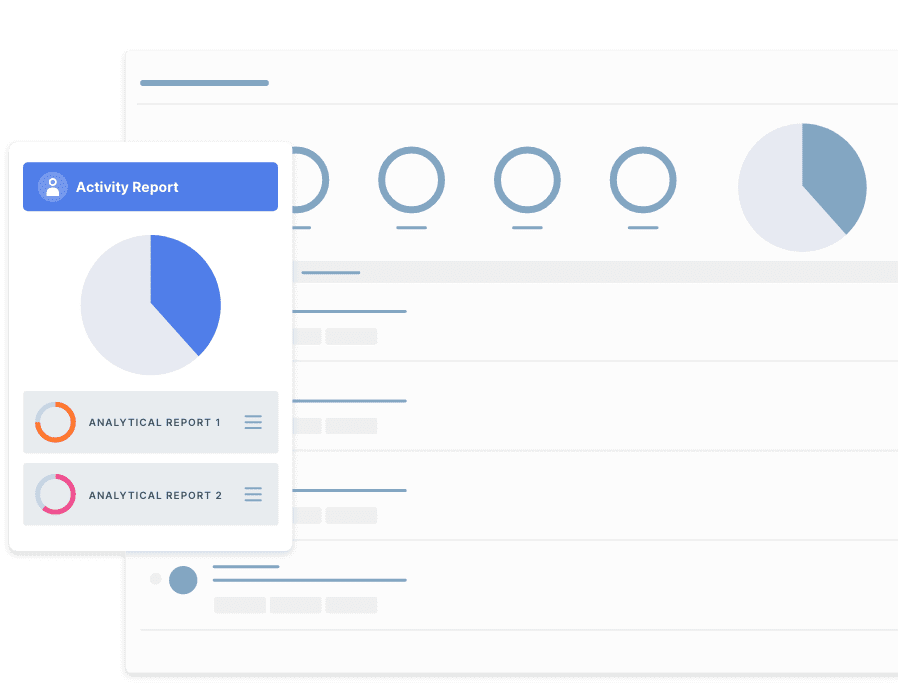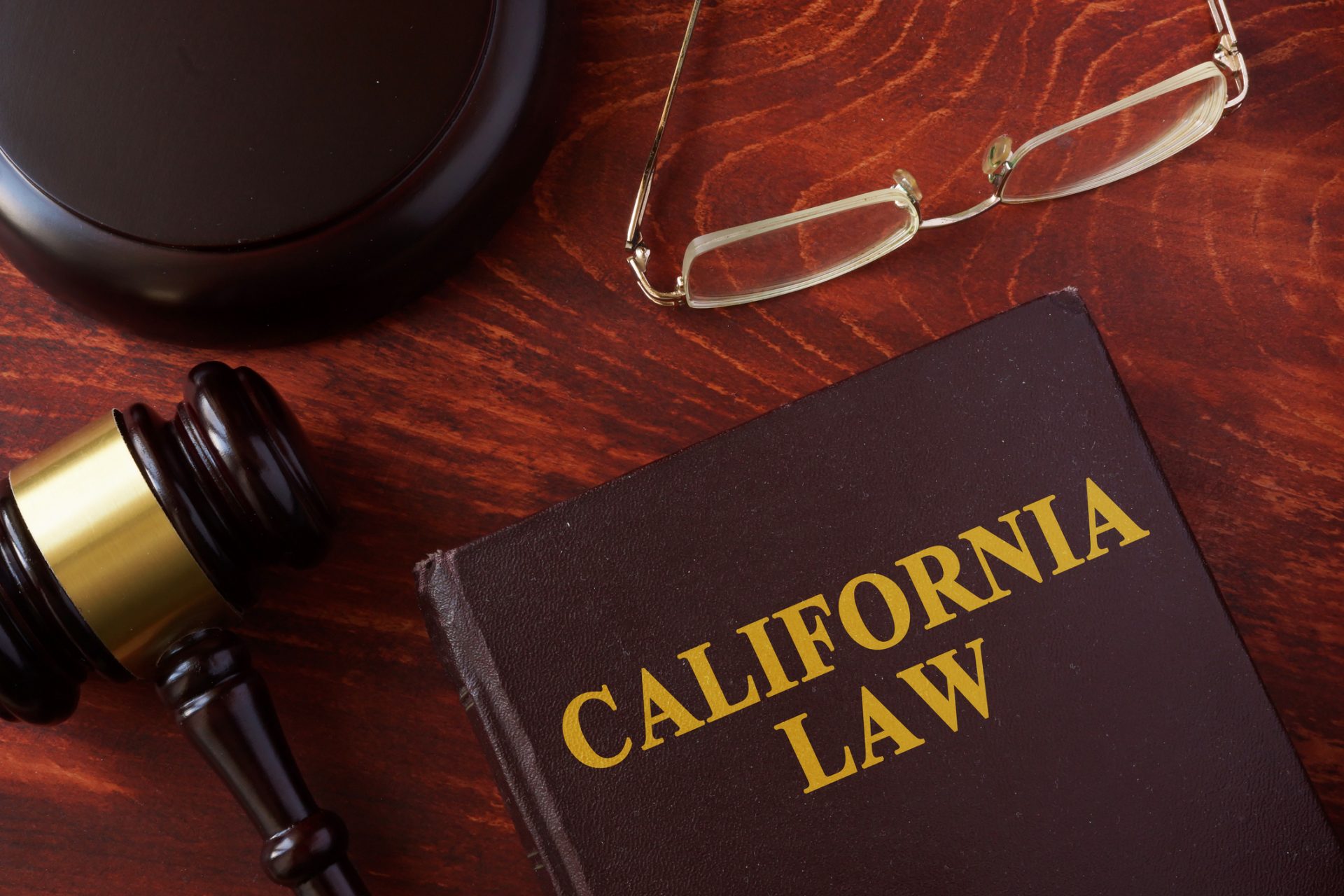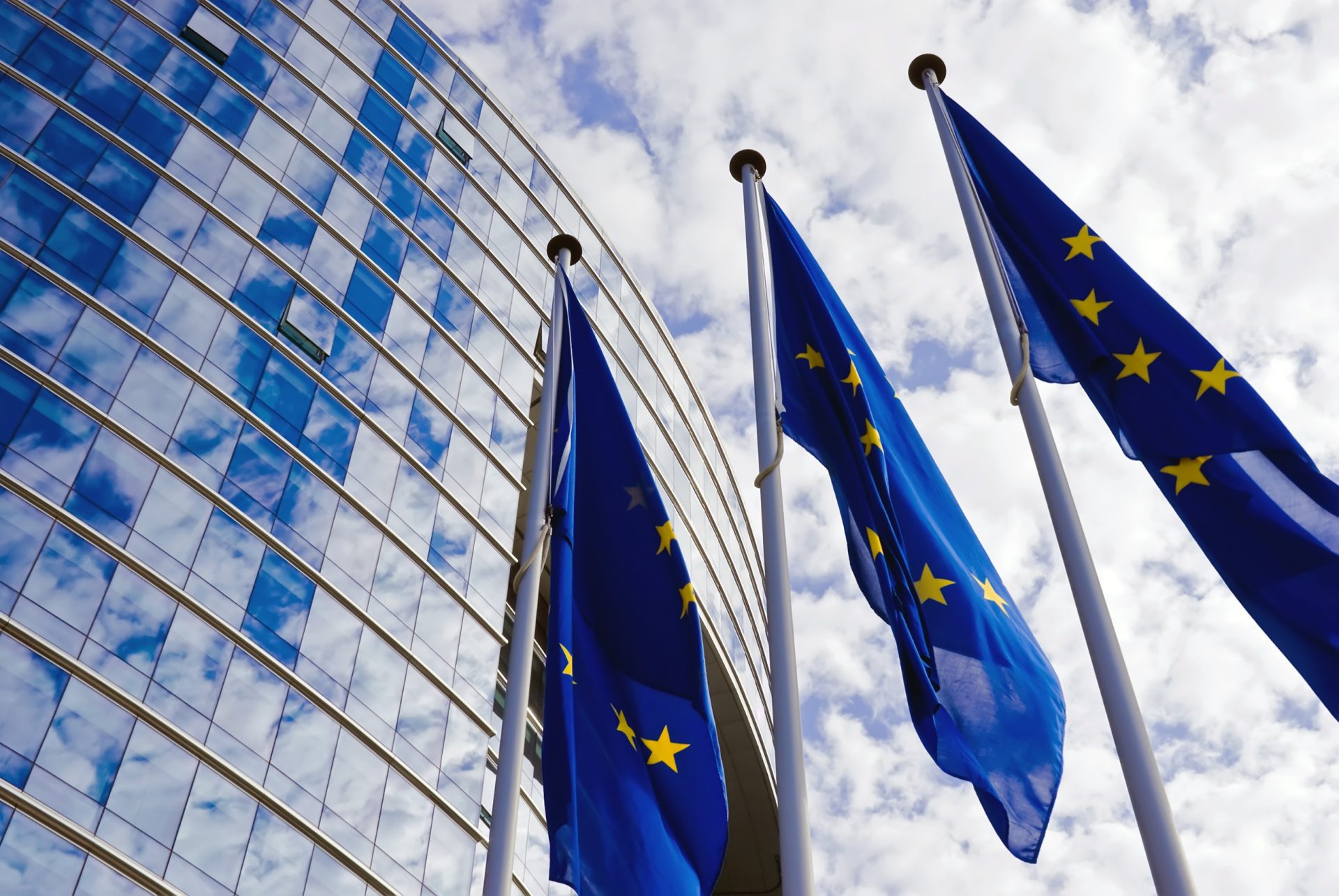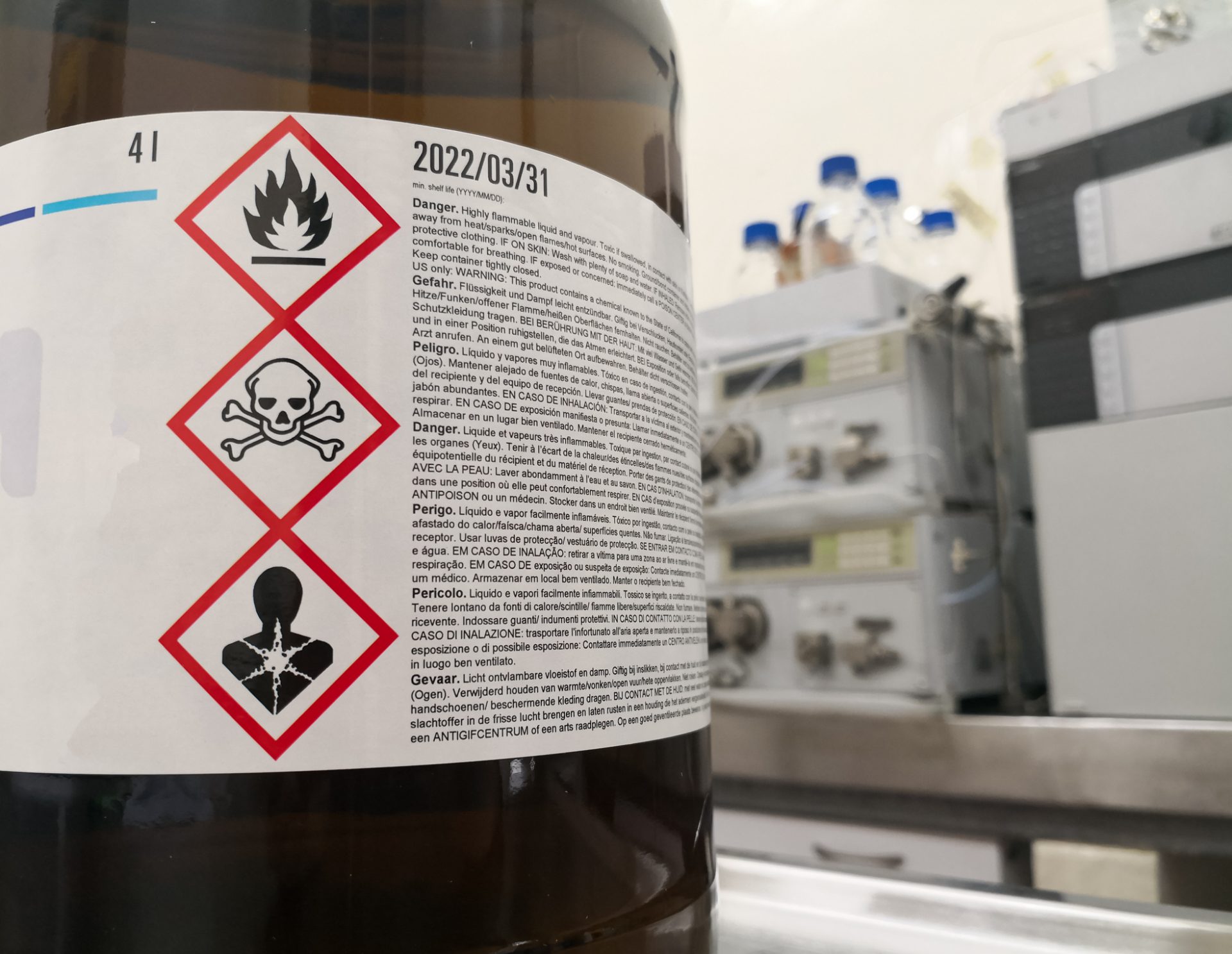
Regulatory content
Chemicals Management Regulatory Compliance
Our chemicals management topic covers international and national measures concerned with the sound management of chemicals. It focuses on chemicals in their pure form or in mixtures, and covers aspects such as classification, registration, harmonized labeling and more.
Chemicals Management
195
Countries Covered
3,977
Sources in C2P
Understanding Chemical Compliance
Whilst chemicals bring significant advantages, the drawback in their use is that they have the potential to impact both people and the environment negatively because they may be carcinogenic, endocrine disruptive, toxic to reproduction or persistent to the environment.
Global Regulations on Chemicals
In order to mitigate these effects and better protect human health and the environment, regulators across the world, through Multilateral Environmental Agreements (MEAs) and national policies, have developed regulatory measures and are continuously putting in place common principles and good practices for safe and ecologically sustainable chemicals management.
The following areas are covered under the topic of chemicals management:
- Notification, risk assessment and registration of chemicals in order to increase the information on toxicological and ecotoxicological properties of existing and new chemicals
- Control of industrial chemicals or hazardous substances
- Classification (as carcinogenic, mutagenic or toxic for reproduction, etc.), and labeling of chemicals in order to inform the user about the properties of the chemicals and to give advice for their safe use and disposal (UN Globally Harmonized System of Classification and Labelling of Chemicals (GHS))
- Shared responsibilities in relation to the import of hazardous chemicals and an open exchange of information (Rotterdam Convention on the Prior Informed Consent Procedure for Certain Hazardous Chemicals and Pesticides in International Trade)
- Phasing out of the production and use, as well as the waste management of Persistent Organic Pollutants (POPs) (Stockholm Convention on POPs);
- Observation, research and information exchange on the effects of human activities on the ozone layer and the adoption of measures against activities that are likely to have adverse effects on the ozone layer (Vienna Convention for the Protection of the Ozone Layer)
- Specific actions to control ozone-depleting substances (Montreal Protocol on Substances that Deplete the Ozone Layer)
Our Chemical Management Coverage
Our regulatory content in C2P is historically comprehensive with a robust QA process to ensure quality, consistency and accuracy.
- Globally Harmonized System (GHS)
- Chemicals in Finished Products
- Chemical Health & Safety
Below is a high level summary of our coverage for these topics:
- EU: REACH Regulation (EC) 1907/2006
- USA: Toxic Substances Control Act (TSCA)
- China: Measures on the Environmental Management of New Chemical Substances, Order No. 7, 2010
- South Korea: Registration and Assessment of Chemical Substances, Law No. 11789, 2013 (K-REACH)
- Japan: Chemical Substances Control Law (CSCL “Kashinho”), Law No. 117 of 1973
- Turkey: Registration, Evaluation, Authorisation and Restriction of Chemicals, Regulation, June 2017
- UN: Globally Harmonized System (GHS) of Classification and Labelling of Chemicals, Rev. 7, 2017
- Stockholm Convention
- Rotterdam Convention
- California Proposition 65
- Colombia Management of Chemical Substances for Industrial Use
Why Compliance & Risks?
- Manage Your Chemicals Compliance Need
- Easily Navigate Ever-Changing Regulations
- Mitigate Risks of Non-Compliance
- Maintain Your Market Access


Learn more about our Regulatory Coverage
Speak to one of our team today for more information on our regulatory content.



